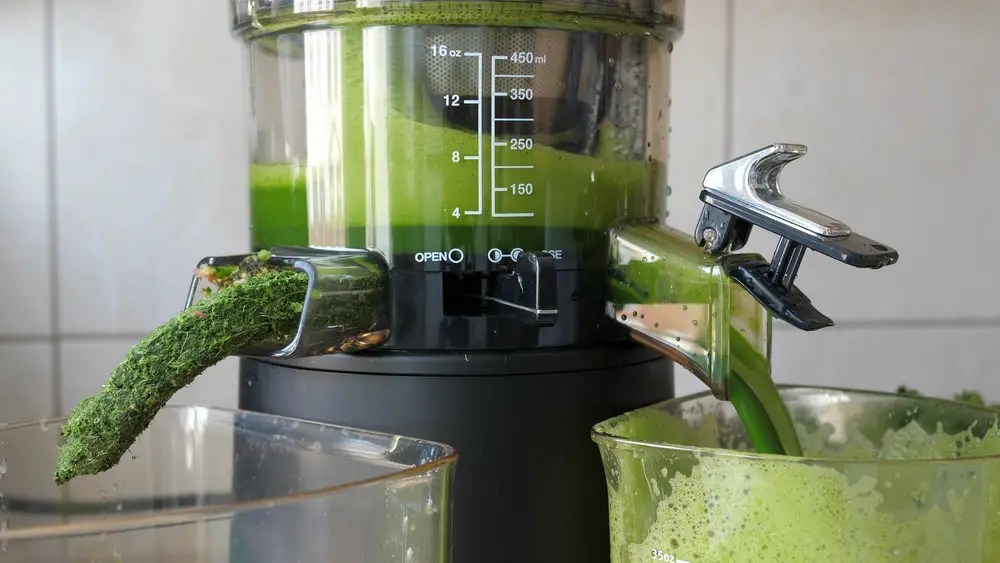When it comes to juicing, the focus is often on the delightful, nutrient-rich liquid that emerges from fresh fruits and vegetables. However, what about the pulp that is left behind? Many people tend to overlook this byproduct, thinking of it as mere waste. In reality, the pulp from a juicer is packed with fiber and nutrients, making it a valuable resource in the kitchen. By finding innovative ways to utilize this pulp, you can reduce waste, enhance your meals, and even indulge in some creative culinary projects. As the health and wellness movement continues to grow, more individuals are becoming aware of the benefits of whole foods and sustainable practices. This has sparked a curiosity about the potential of juicer pulp and how it can be incorporated into everyday cooking and baking.
In this article, we will explore a variety of exciting and practical uses for juicer pulp. From enhancing recipes to creating compost, there are numerous ways to repurpose this often-discarded ingredient. Whether you’re an avid juicer or just starting on your health journey, you’ll find valuable insights and inspiration for making the most of your juicer pulp.
So, what are some of the best methods for utilizing that nutrient-rich pulp? Read on as we delve into the world of juicer pulp and discover its many possibilities!
What is Juicer Pulp and Why Should You Care?
Juicer pulp is the fibrous material that remains after extracting juice from fruits and vegetables. This pulp is rich in dietary fiber, vitamins, and minerals, offering several health benefits. While many people discard this byproduct, it can provide added nutrition and texture to various dishes.
How Can I Incorporate Juicer Pulp into My Cooking?
There are countless ways to include juicer pulp in your meals. Here are some creative ideas:
- Soups and Stews: Add pulp to your favorite soups or stews for extra fiber and flavor.
- Baked Goods: Incorporate pulp into muffins, breads, or pancakes for added moisture and nutrition.
- Veggie Burgers: Use vegetable pulp as a base for homemade veggie burgers.
- Granola Bars: Mix pulp into homemade granola or energy bars.
What are Some Unique Recipes Using Juicer Pulp?
If you’re looking for specific recipes to try, here are a few unique options:
- Pulp Smoothies: Blend fruit pulp into your morning smoothie for added texture and flavor.
- Carrot Cake Muffins: Use carrot pulp in muffin recipes for a nutritious twist on a classic treat.
- Fruit Leather: Combine fruit pulp with a touch of honey and dehydrate for homemade fruit leather.
- Dip or Spread: Blend vegetable pulp with cream cheese or yogurt for a tasty dip.
Can Juicer Pulp Be Used for Baking?
Absolutely! Juicer pulp can be a fantastic addition to many baked goods. It adds moisture and fiber, enhancing the overall nutritional profile of your treats. Here are some baking ideas:
- Pulp Muffins: Substitute a portion of the flour in your muffin recipe with juicer pulp.
- Pulp Cookies: Add pulp to cookie dough for added flavor and texture.
- Pulp Bread: Incorporate pulp into bread recipes for a hearty loaf.
What Other Uses Does Juicer Pulp Have in the Kitchen?
Besides cooking and baking, juicer pulp has other practical applications:
- Compost: Juicer pulp is an excellent addition to compost bins, enriching soil with nutrients.
- Facial Masks: Use fruit pulp in DIY facial masks for added hydration and exfoliation.
- Pet Treats: Some fruits and vegetables can be used to make healthy pet treats.
Can I Store Juicer Pulp for Later Use?
Yes, storing juicer pulp is a great way to ensure you have it on hand for future recipes. Here are some tips for storing pulp:
- Freezing: Place pulp in freezer bags or containers to freeze for up to three months.
- Refrigeration: Store fresh pulp in an airtight container in the refrigerator for a few days.
What Are the Nutritional Benefits of Juicer Pulp?
Juicer pulp is often overlooked, but it’s packed with nutrients. Here are some benefits:
- High in Fiber: Promotes digestive health and helps maintain a healthy weight.
- Rich in Vitamins: Contains vitamins A, C, and K, depending on the fruits and vegetables used.
- Low in Calories: A great way to add volume and nutrition to meals without significantly increasing calorie intake.
Is Juicer Pulp Safe to Eat?
Yes, juicer pulp is generally safe to eat, especially if the fruits and vegetables used are fresh and organic. However, it’s essential to ensure that you’re using pulp from produce that hasn’t been treated with pesticides or chemicals.
In conclusion, there are countless ways to use the pulp from a juicer. By incorporating it into your cooking, baking, or even composting, you can reduce waste and make the most of your juicing experience. So the next time you juice, don’t toss that pulp aside—get creative and discover the many benefits it has to offer!
You Might Also Like
Unveiling The Secrets Of The Sekai Taikai Tournament RealNike Marty McFlys: The Sneakers That Redefined Pop Culture
The Man Behind The Name: Discovering Mr Beast's Real Name
Discovering The Joys Of Sydnie Christmas Parents
Unlocking Your Fitness Journey With The Love Handle Machine
Article Recommendations
- Naval Ravikant Wife
- Pary Simpson Husband
- Ari Kytsya Onlyfans Leaked
- Janine Tugonon Husband
- Steelo Brim Relationship
- Vegas 4
- Bonmati Fidanzato
- Livvy Dunne Leaked
- Lori Huang
- Tony Hinchcliffe Parents


